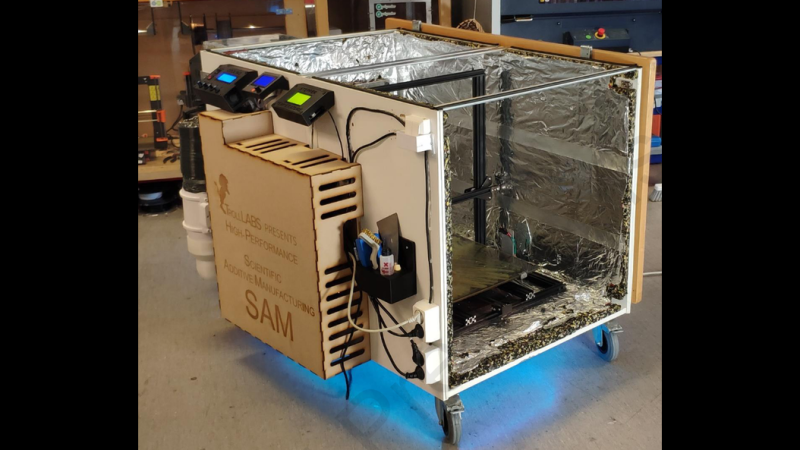No, Hackaday hasn’t become a baking blog. We’re just here to give you a bit of advice: if [MickMake] ever offers you one of his fresh-baked Pis, proceed with caution. While we have no doubt that there will be some interesting smells wafting out of his kitchen, these aren’t the tasty pies you’re looking for. There’s no delicious home-baked treat when that timer dings, just a handful of Raspberry Pis that have had an exceptionally hard day.
To properly explain the odd sight of some Raspberry Pis laid out on a cookie sheet, we need to take a step back. …read more
Continue reading Is Baking a Raspberry Pi the Recipe for Magic Smoke?→
